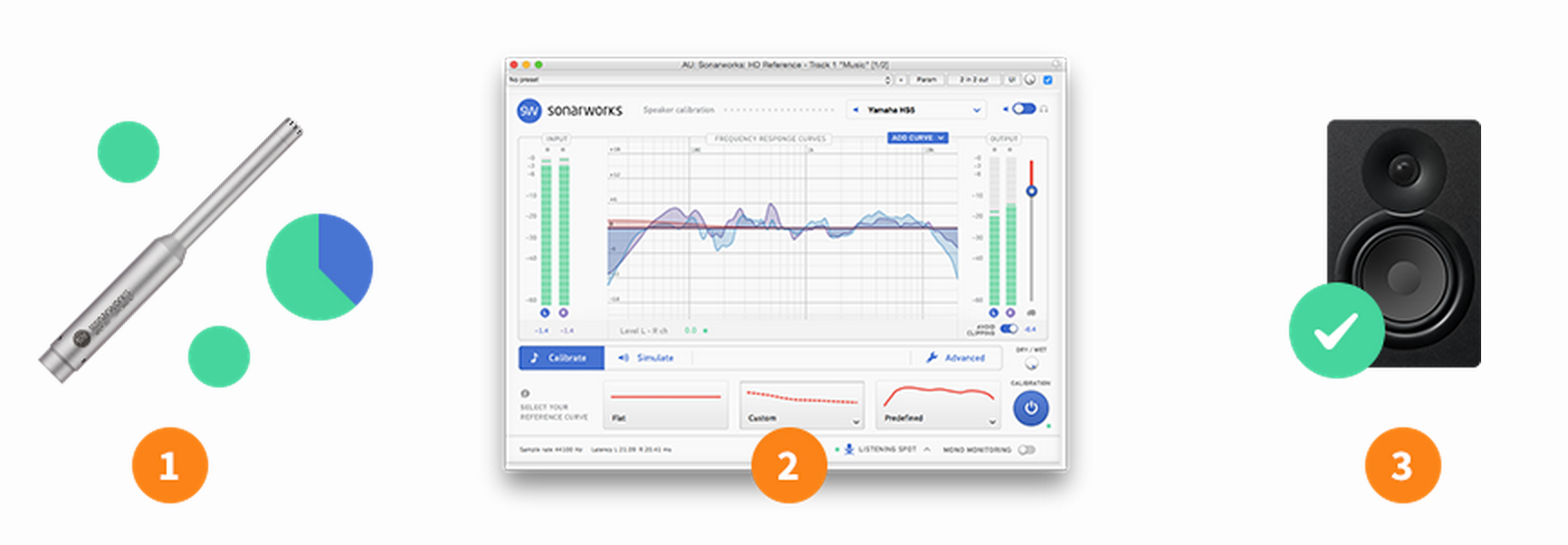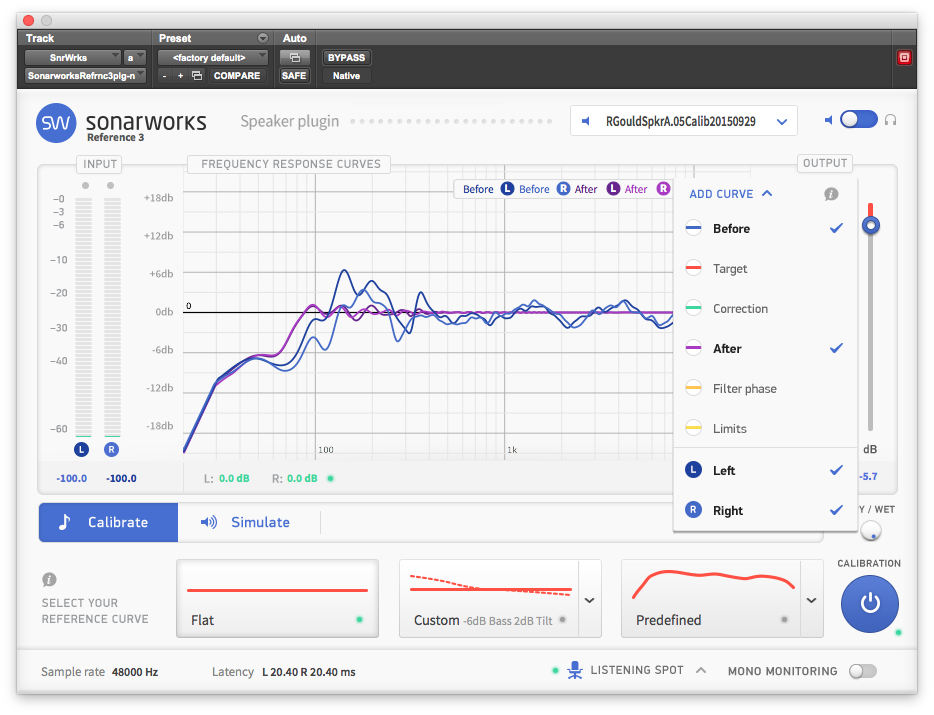
Sometimes the interference will be constructive, and a response peak will result, and sometimes it will be destructive, which will result in a response dip. But reflected sound, thanks to the fact that it has travelled further and is delayed, will also interfere with the direct sound. Reflected sound that arrives within a few milliseconds of the direct sound, known as early reflections, will be integrated by the brain, and although the direct sound will still dominate, the tonal character perceived for the audio event will be a composite of the direct sound and early reflections. The way our ears and brain deal with these multiple arrivals of sound energy depends firstly on how far apart in time they are, and secondly on their relative levels. And that reflected energy will be imprinted with both the off‑axis response of the monitors and the particular absorption characteristics of the room boundaries it has reflected from. In the real world, however, we hear not just the direct sound energy that leaves the monitors, but also energy reflected from the room boundaries. If we were all lucky enough to work in studio rooms of infinite size, or in rooms with boundaries that offered perfect absorption of acoustic energy, there’d be no need for applications like Sonarworks to compensate for room acoustics because we’d always hear just the flat, direct sound from the monitors. SoundID Reference delivers consistently accurate studio reference sound across all speakers and headphones so you can mix with confidence and make music that sounds great everywhere.īefore I get to describing how Reference 4 performs, however, I think it would perhaps be useful to examine what happens when a monitor plays audio in a room, and why there might be any need for ‘correction’. The main purpose of great sound translation is delivering the artist’s exact intent to the listener.


How to use sonarworks reference 3 software#
SoundID Reference software calibrates your speakers and studio headphones, so you can trust that every mix will translate.

Sonarworks software has been widely lauded for its ability to correct the sound of headphones. Asymmetric listening setups can be accommodated. Screen 1: The first step is to input your room and speaker‑placement dimensions.


 0 kommentar(er)
0 kommentar(er)
